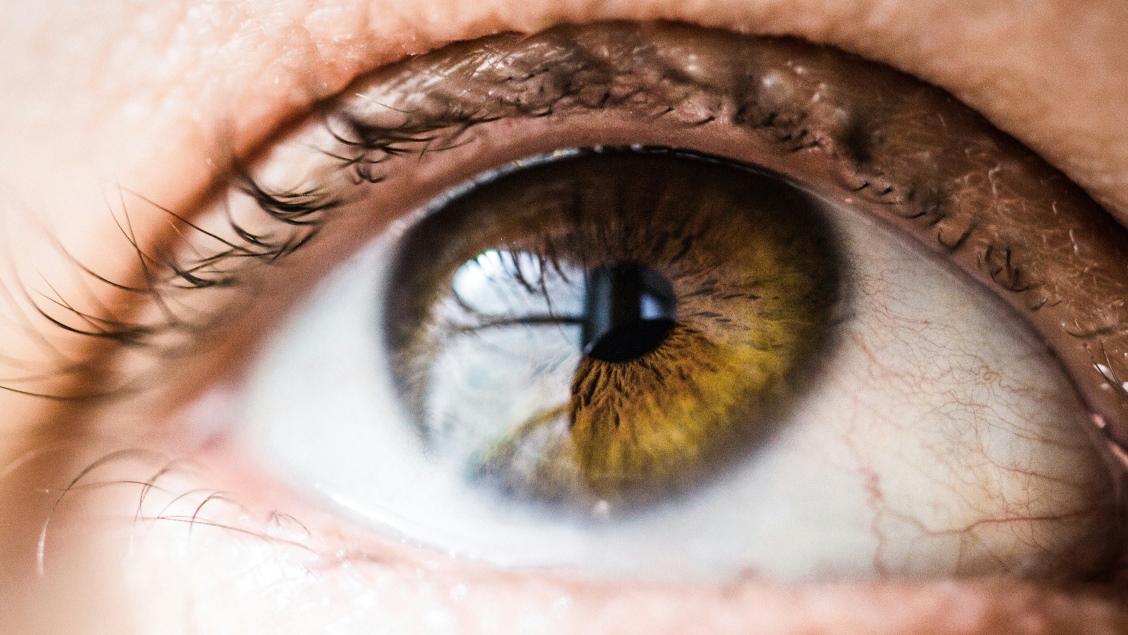
Rapid Eye Movements Help People with Parkinson’s Disease
Parkinson’s disease (PD) is a neurodegenerative disease that results in the brain’s inability to produce the key hormone dopamine. Dopamine is an essential component used by the brain to enable numerous key processes, like memory and movement. Thus, the disease affects many psychological and physiological functions, including cognitive function and balance.
An original article published in Biomechanics by researchers from the Sao Paulo State University of Brazil and the National Center for Scientific Research in France shows that specific eye movements helped with increased body sway, an imbalance experienced by people with Parkinson’s disease.
Individuals with this disease have a postural deficit that impairs stability and sway control. They also have difficulty controlling their eye movements. Their blinking tends to be slow, and it’s hard for them to pick information from their environment – Fabio Barbieri, author of the article.
Balance and eye movement
Eye movement plays an integral role in balance, as fibres from the eye are connected to the parts of the inner ear and brain that control balance. Saccadic eye movement is either vertical or horizontal and is the fastest type of eye movement. They are used for looking around a room or to scan an area, where the point of fixation shifts quickly and constantly.
Research shows that saccadic eye movements are key to balance and movement. Vertical eye movements are a little more complex and difficult for people to do compared to horizontal eye movements. When the latter movement is carried out, body sway is decreased and a more stable posture is restored in healthy young and older adults.
Due to the neurodegenerative effects of the disease, people with PD have compromised saccadic movements. This therefore impacts their balance and ability to move efficiently.
Parkinson’s and eye movement
As PD affects both sensory and motor neurons of the body, movement of the eyes is affected, and hence, their balance. Unlike healthy people, people with PD are unable to control the extent of their body sway, which is usually used to refine balance during ‘visual search tasks’. This is important, as it prevents individuals from losing their balance. Therefore, people with PD are more at risk of fall and injury due to a decreased control of their balance and posture.
Horizontal saccadic eye movement reduces body sway
This study compared or analyzed the saccadic eye movement of 10 people with PD and 11 healthy individuals. The individuals were asked to stand with their feet side by side or one foot in front of the other whilst maintaining their balance. Their eye movements were then tracked when looking at specific red targets. The visual tasks included fixation on the red targets during horizontal saccadic eye movements to the left and right and vertical saccadic eye movements up and down.
The researchers found that vertical saccadic eye movements worsened the gaze and did not improve the balance of the individuals with and without PD. However, horizontal saccadic eye movements could reduce the body sway of people with PD in both postures. They were able to do this by coupling the eye movements with postural sway to improve balance.
For young adults, vertical saccadic eye movements are beneficial, but for older adults, they don’t reduce body sway. Although Parkinson’s patients can make vertical saccadic eye movements, they can’t adapt [by reducing sway] as well as they can to horizontal saccadic eye movements because up-and-down movements are more difficult in general and involve a lower degree of eye rotation, hindering integration between the sensory system [i.e., the eyes] and the postural system [i.e., the body], – Sergio Tosi Rodrigues, last author of the article and head of the Laboratory of Information, Vision and Action at UNESP’s Department of Physical Education, Bauru.
Importance of horizontal eye movement for PD patients
The researchers of the study did not expect to find that horizontal eye movements would reduce body sway in individuals with PD, or that they were able to combine eye movements with postural sway. They mention how the previous literature shows that people with PD can control their posture in more ‘simple environments’.
Furthermore, carrying out these horizontal eye movements could potentially be a beneficial strategy for individuals with PD to improve their body sway and, hence, overall balance when moving. The authors even suggest that those with PD who struggle with movement should ‘exaggerate’ horizontal eye movements. They also suggest people with PD should be more cautious in carrying out vertical eye movements, as the study shows how it increases body sway.
This novel research reveals more to us about the role of body sway in maintaining balance and the importance of eye movement for people with PD in reducing their body sway.
To read more about research on Parkinson’s disease, visit MDPI’s Special Issue: Understanding Parkinson’s disease, or see the full journal list.










